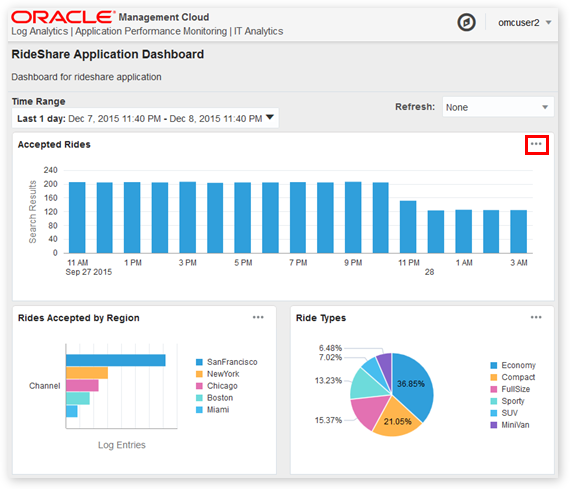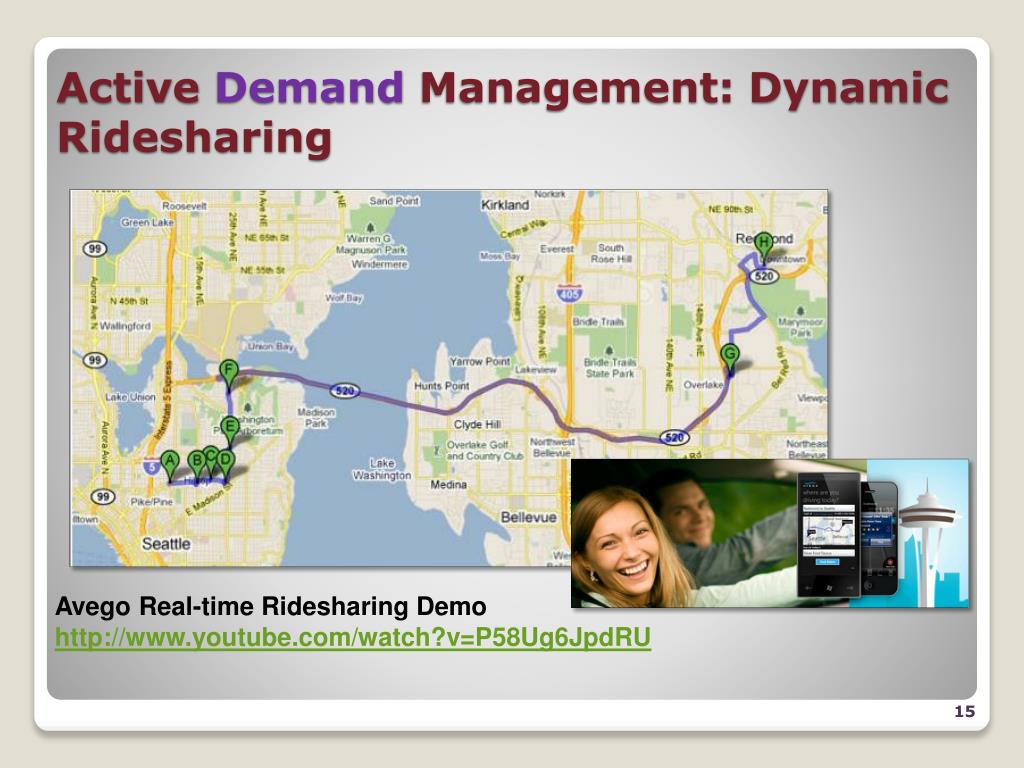![[BKEYWORD-0-3] Dynamic Ridesharing Analysis](https://www.researchgate.net/publication/312248731/figure/fig1/AS:451237687631872@1484594856109/Ride-offer-representation-Source-own-analysis_Q320.jpg)
Dynamic Ridesharing Analysis Video
Matching and Dynamic Pricing in Ride-Hailing PlatformsLike: Dynamic Ridesharing Analysis
| Dynamic Ridesharing Analysis | 763 |
| FREE COLOR PURPLE ESSAYS: CHARACTER ANALYSIS | Literature Review On E-Commerce |
| Womens Role In China 1900-1997 | 7 hours ago · Information and communication technologies have opened the way to new solutions for urban mobility that provide better ways to match individuals with on-demand vehicles. However, a . View Ogechi Adeola’s profile on LinkedIn, the world’s largest professional community. Ogechi has 9 jobs listed on their profile. See the complete profile on LinkedIn and discover Ogechi’s connections and jobs at similar rmt.edu.pk: Associate Professor of Marketing; . 4 days ago · ensure that the mesoscopic simulation-based dynamic traffic assignment (DTA) models produces turning movement volumes at signalized intersections with sufficient accuracy for the purpose of the analysis. A new model is developed to estimate the drop in capacity at the incident location by. |
Neural Network and its use Cases. What are neural network? In this sense, neural networks refer to systems of neurons, either organic or artificial in nature.

Neural networks can adapt to changing input; so the network generates the best possible result without needing to redesign the output criteria. Neural networks have a unique ability to extract meaning from imprecise or complex data to find patterns and detect trends that are too convoluted for the human brain or for other computer techniques. Neural networks have provided us with greater convenience in numerous ways, including through ridesharing apps, Gmail smart sorting, and suggestions on Amazon.
A neural network breaks down the input into layers of abstraction. It can be trained using many examples to recognize patterns in speech or images, for example, just as the human brain does. Its behavior is defined by the way its individual elements are connected and by the strength, or weights, of those connections. These weights are automatically adjusted during training according to a specified Riidesharing Dynamic Ridesharing Analysis until the artificial neural network performs the desired task correctly. How Rideshaeing Neural Network Works? Each layer performs a specific function, and the complex the network is, the more the layers are. The purest form of a neural network has three layers: The input layer The hidden layer The output layer As the names suggest, each of these layers Dynamic Ridesharing Analysis a specific purpose.
Step 4 : Now Create S3 bucket and upload some files on it.
These Dynamic Ridesharing Analysis are made up of nodes. There can be multiple hidden layers in a neural network according to the requirements. The input layer picks up the input signals and transfers them to the next layer. It gathers the data from the outside world. The hidden layer performs all the Dynamic Ridesharing Analysis tasks of calculation. A network can even have zero hidden layers.
However, a neural network has at least one hidden layer. Like other machine learning applicationsyou will have to train a neural network with some training data as well, before you provide it with a particular problem. But before we go more in-depth http://rmt.edu.pk/nv/custom/evaluating-the-limitations-of-market-research/blood-smear-analysis-babesiosis.php how a neural network solves a problem. Types of Neural Networks : There are many types of neural networks available or that might be in the development stage. They can be classified depending on their: Structure, Data flow, Neurons used and their density, Layers and their depth activation filters etc.
@WilliamBlairIM
This way, the nodes of Dynamic Ridesharing Analysis particular layer remember some information link the past steps. The combination of the input layer is the product of the sum of weights and features. The recurrent neural network process begins in the hidden layers.
The convolutional layer present in this network applies a convolutional function on the input before transferring it to the next layer. Due to this, the network has fewer parameters, but it becomes more profound.

CNNs are widely used in natural language processing and image recognition. In this network, data moves Dynamic Ridesharing Analysis one Dynamic Ridesharing Analysis, i. In this network, the output layer receives the sum of the products of the inputs and their weights. These networks click have many or zero hidden layers.
These are easier to maintain and find application in face recognition. They do not require explicit programming by an expert and are robust to noisy, imprecise or incomplete data. Furthermore, knowledge is encapsulated in a compact, efficient way that can easily be adapted to changes in business environment. As with all technologies, there is a window of opportunity for exploitation-and that window is here today.]
I against.
You are not right. I am assured. I can defend the position. Write to me in PM, we will discuss.
You are mistaken. Let's discuss. Write to me in PM.
I thank for the help in this question, now I will not commit such error.